Close up of the world's largest telescope
The Southern European Observatory (ESO) has just released a number of photos of ALMA, the world's largest radio telescope.
>>>The world's largest telescope operates
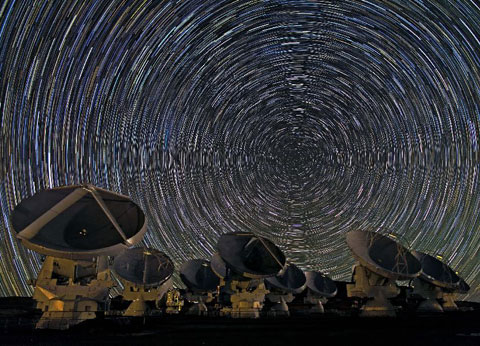
ALMA (Atacama Large Millimeter Array), started in 2003, has been conducting scientific observations since the second half of 2011, but on March 13, it has just begun to officially operate in Chile.
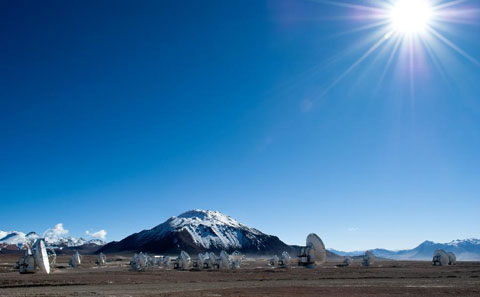
ALMA is located deep in the Atacama desert, the Chajnantor plateau, in northern Chile, where water vapor in the earth's atmosphere does not hinder vision, facilitating observation.
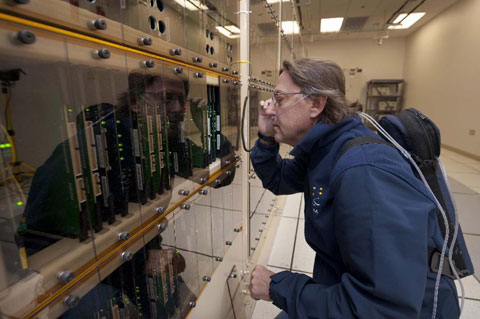
However, the high position and hot dry make it difficult for scientists to work here.
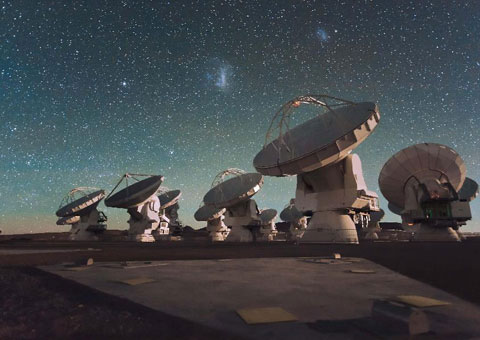
The ALMA telescope is designed to observe events occurring several hundred million years after the universe was formed. That was the period when the first stars started glowing. Alma will help humans understand why the universe has the same appearance and structure today.
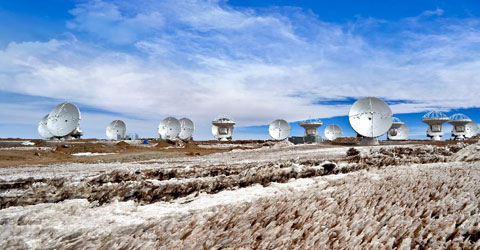
ALMA consists of 66 very large parabolic antennae (50 antennas were in operation on the inauguration), each about 12m high and weighing over 100 tons. When connected together, they form a giant radio telescope with a diameter of 16km.
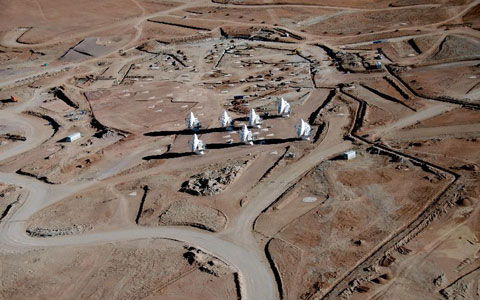
Optical telescopes, like the Hubble Space Telescope, can also observe stars. But the difference of ALMA is that it has the ability to collect forms of light that the human eye cannot see. Thanks to that, it can detect cold, dense clouds - which make stars.

ALMA is the result of many countries' cooperation including the European Union, the United States, Japan and Chile with an estimated cost of over 1 billion euros.
- Commencement of the world's largest telescope project in Chile
- The world's largest telescope performs historical mission
- The world's largest telescope
- Prepare to install the world's largest telescope
- Kepler's largest telescope in the world has a serious problem
- The world's largest telescope will operate in 2027
- Telescope 'hunt' aliens damaged after the storm
- The world's largest telescope is located in Chile
- China's largest operator, the world's largest telescope
- China builds the world's largest telescope
- NASA completed the telescope looking back past 13 billion years
- The world's largest telescope Magallanes will be located in Chile
 The 11 most unique public toilets in the world
The 11 most unique public toilets in the world Explore the ghost town in Namibia
Explore the ghost town in Namibia Rare historical moments are 'colored', giving us a clearer view of the past
Rare historical moments are 'colored', giving us a clearer view of the past The world famous ghost ship
The world famous ghost ship